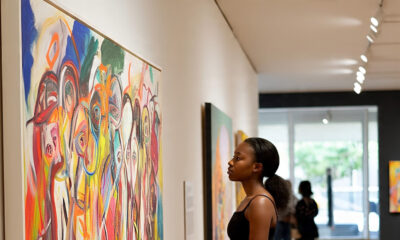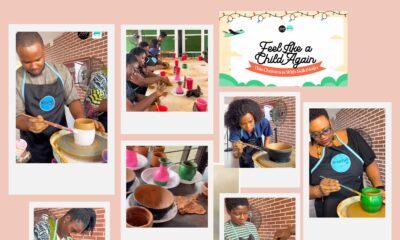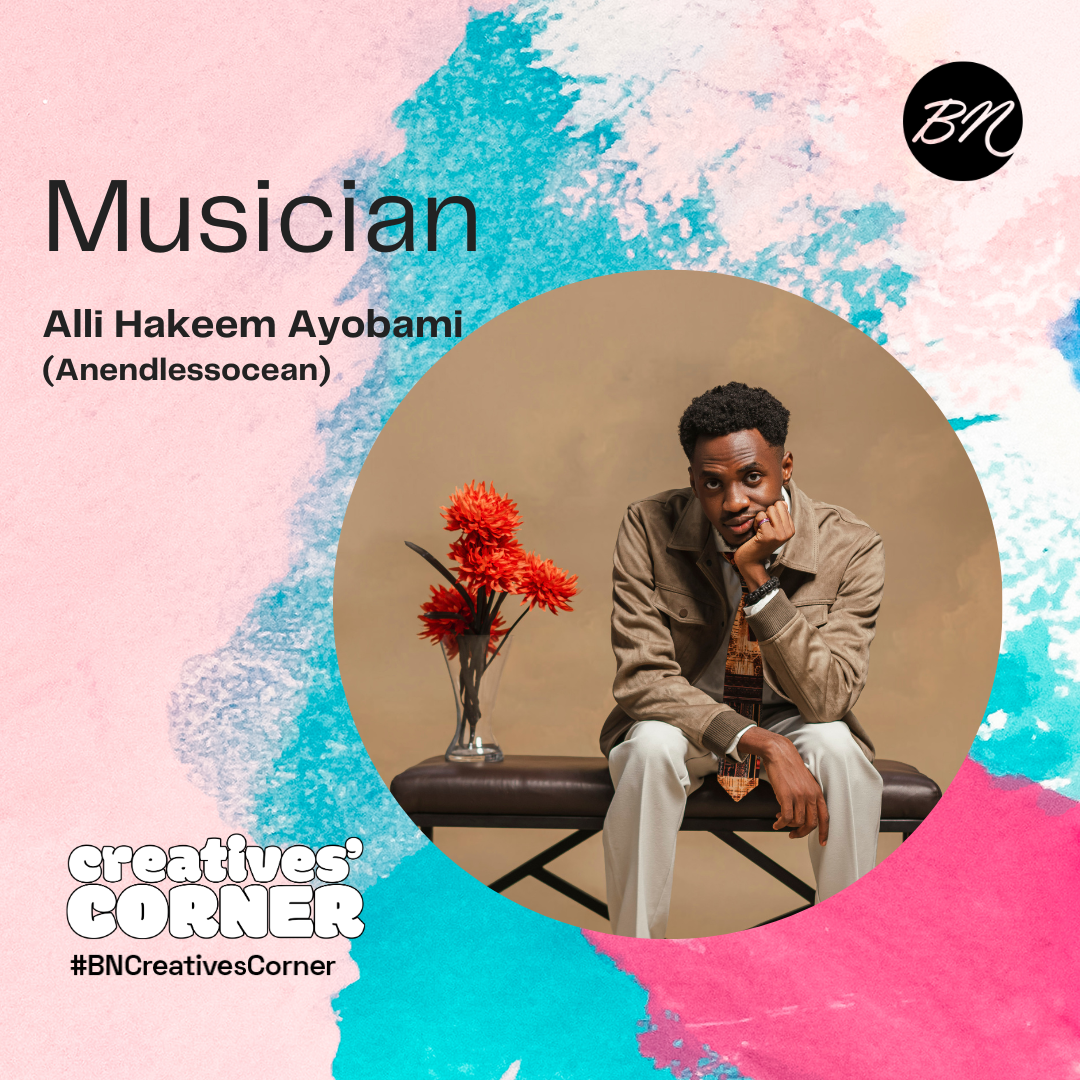Features
#BNCreativesCorner: Jackson Birgen is Unveiling the Comic Side of People’s Personality
I look at people and study the prominent features of their faces, then I take my tools and draw them. And when I draw you, I don’t forget you.
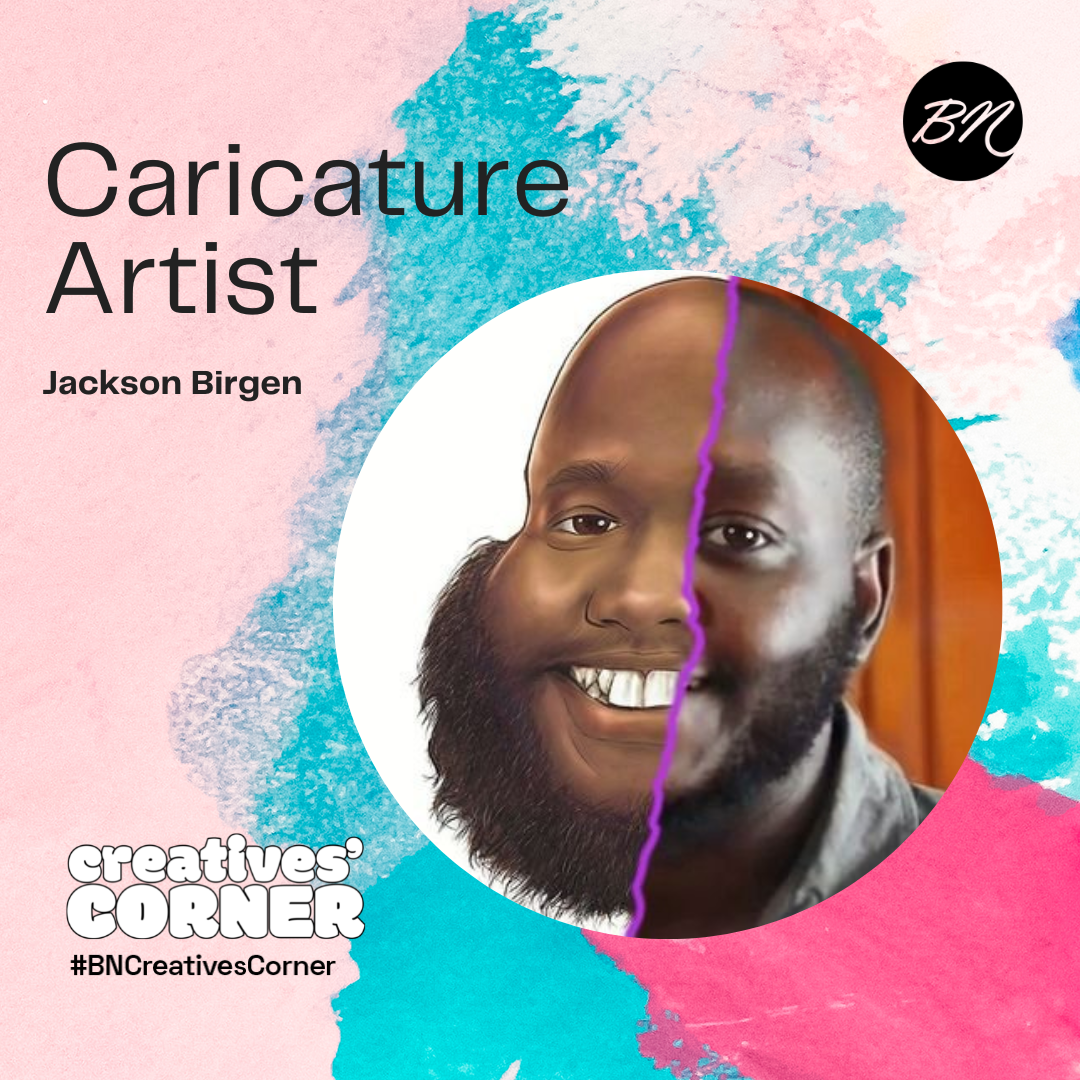
Jackson Birgen has a superpower: he recognises every single person he has drawn. Be it years ago or last week, as long as Jackson has made a caricature of you, the distinct features of your face are etched in his memory for a long long time. Jackson’s explanation for this is simple: people’s faces tell stories.
He didn’t stumble upon this superpower by chance. When he made up his mind to forever hang up his ‘banker suits and shirts’, he knew he had to shoulder the responsibility of studying the fine lines of people’s faces and blotting colours on paper until there was a representation of them in paintings. Jackson made it sound so simple, he chuckled when he said, “I look at people and study the prominent features of their faces, then I take my tools and draw them. And when I draw you, I don’t forget you.”
And he’s right. Some time ago, in Nairobi, Jackson made a caricature for over 50 people at a bush dinner, me inclusive. When I received my painting, I was amused at the exaggerated lines and features that made up my face. I was a smiling cartoon character.
But there was something way more amusing. When I sat down with him for this interview, I said: you may not remember me but one time around in Nairobi… He cuts in saying: “At the Visa innovation studio launch bush dinner, yes, I remember you. I remember everyone I draw.”
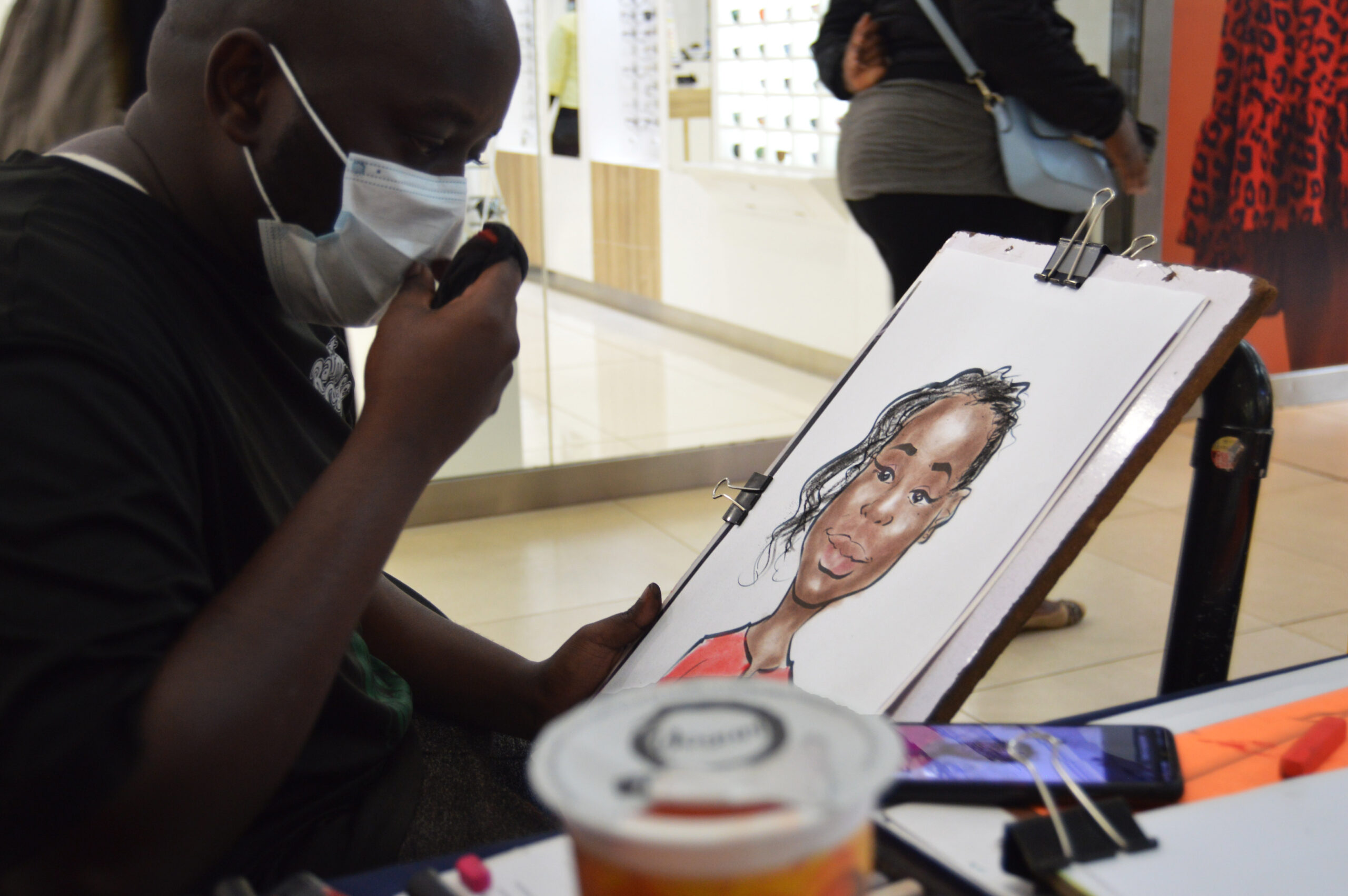
Born and raised in Nairobi, Kenya, Jackson spends the bulk of his time making caricature arts and portraits of people – a skill he started developing while in high school.
I had my primary school education in Buruburu, a Nairobi City County in Kenya. In primary school, it was just the usual drawing on maps of Africa and Kenya, and I was the one who was always called to do such. The talent was there and the teachers noticed. to be seen there. Luckily for us, our primary school curriculum had arts and crafts, and that influenced me a lot.
After that, I went to high school. That’s where I really discovered the artistic sense in me. I focused on art as a unit, and my parents were not happy about that because they wanted me to do a business-related course, like accounting or economics or business education after high school. But I chose art and was one of the top students in my school. I can see how that influenced what I am doing now.
Jackson waited 2 years before he got admission into the university. During this time, he practised his craft and did a short course to help sharpen his art. But trouble was looming. When he got admission into the university, his parents who thought having a Bachelor of Arts in economics and sociology was the true path to success insisted he studied that. After a lot of back and forth, he did.
But while on campus, I used to hang out with the artists from there, people who were studying these art courses, because, of course, that was my niche, only that I didn’t study it.
They gave me their projects to do and I’d do that at a fee, sometimes for the love of it, or just because they were my friends. As much as I was doing business and all that sociology and economics, I still had that passion in me.
Setbacks, sometimes, can serve as catalysts for growth. Jackson couldn’t graduate from school with his peers in 2012 because of missing units, and it was one of the lowest points in his life.
I felt like a disappointment to my family. But at some point, I asked myself “why am I doing this? I can’t continue to please my parents, it’s my life.” It was then I started to focus on my art.
But that caused a rift between Jackson and his parents, after all, he was still under their roof, doing nothing. He needed to make money as soon as he could; it was high time he got a job. In 2013, after he graduated from university, he started working in a bank. Jackson described his years as a banker as ‘critical points in his life.’
“The banking industry was so stressful,” he shared, “I mean, I just did it for the money and nothing else.” He was miserable, and although he was still practising art, he was constantly dissatisfied with his life. After seeing ads on getting certificates of registration, he decided to register his business one day. “I must have really felt bad enough to register,” Jackson says.
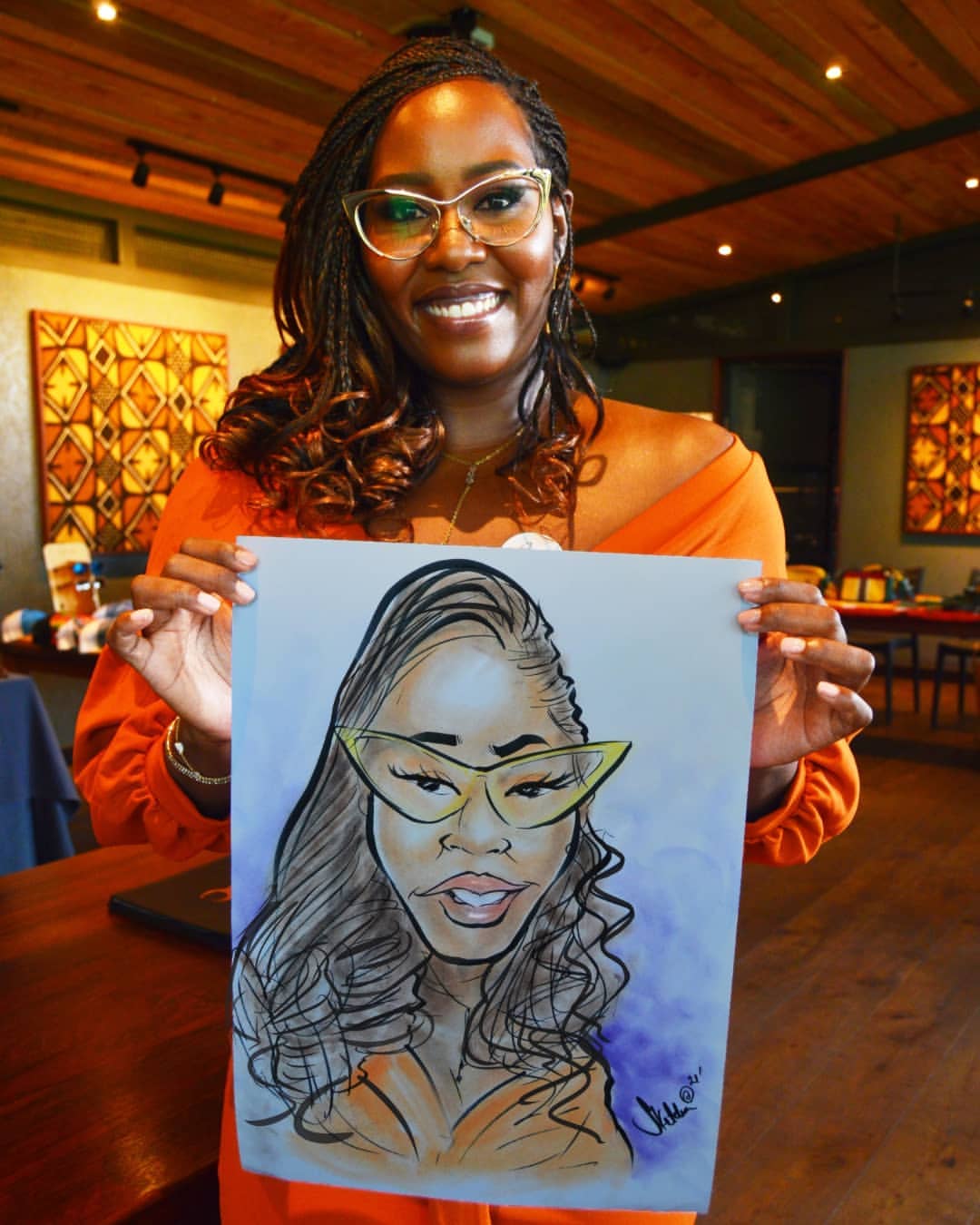
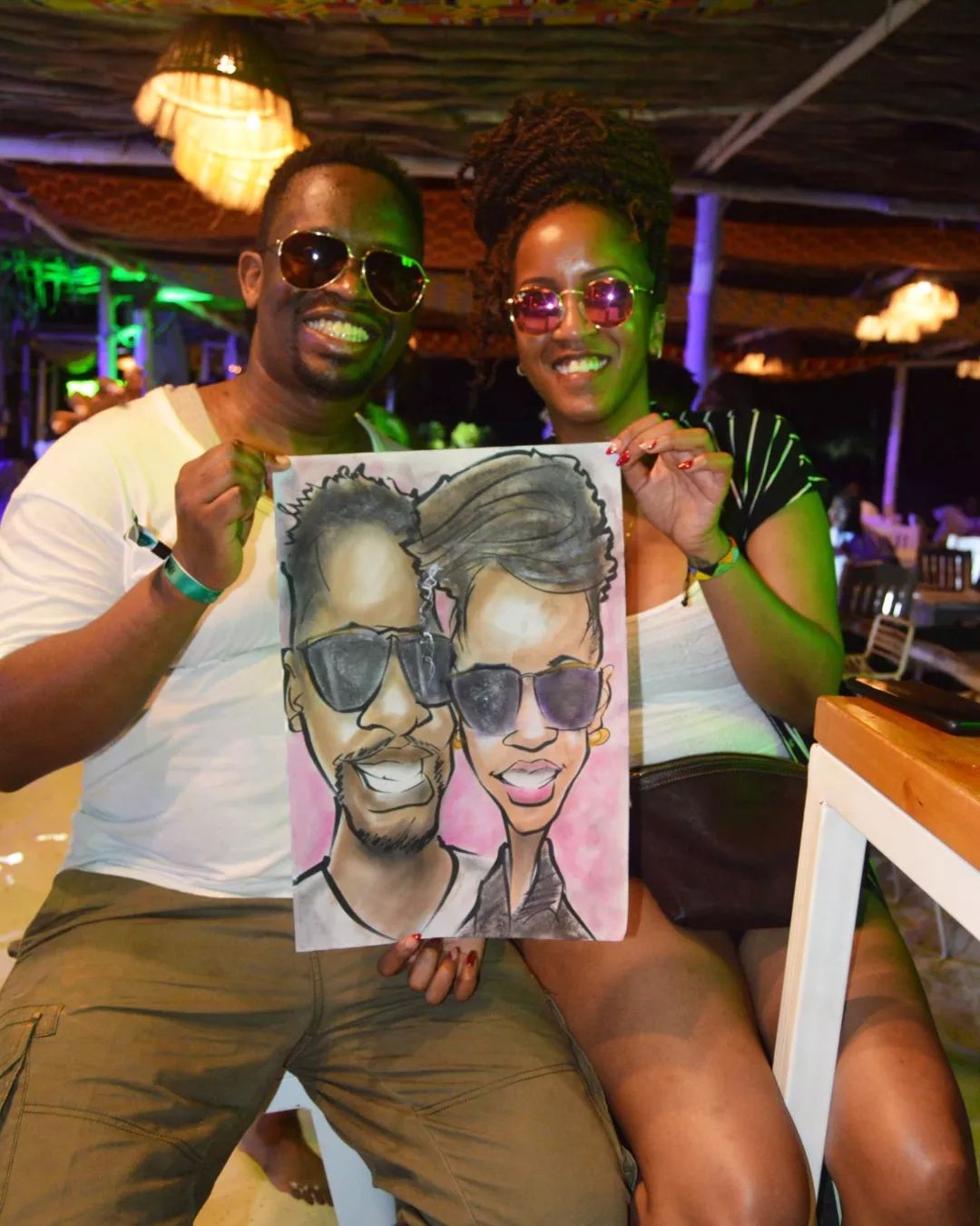
As a banker, Jackson kept up with making portraits of people, but he had a major challenge. As someone who has never had any form of encouragement in his arts, he lacked the confidence creatives need to push their creativity into the world.
I didn’t want my artworks to be seen by my colleagues at the bank because I was sure I would get that negative energy, you know, like why are you here? What are you doing? Why are you wasting your life? Can you make money from your art?
At some point, I asked myself, why not? Let them know. I mean, what’s the worst that could happen? So during a send forth planned for my manager, I did a family portrait for him. And it was so magnificent he couldn’t believe his eyes. He said: Oh, my God, Jack, you have all this talent. Why have you been hiding? What have you been doing?
And he told me one thing as we bid him farewell: you do what your heart tells you to do. You can’t be locked down here. And the event you’re so tired of everything, focus on your thing. And if it means leaving this, you go ahead and do it. I mean, follow your heart. I believe you’re so talented, and you can go very far.
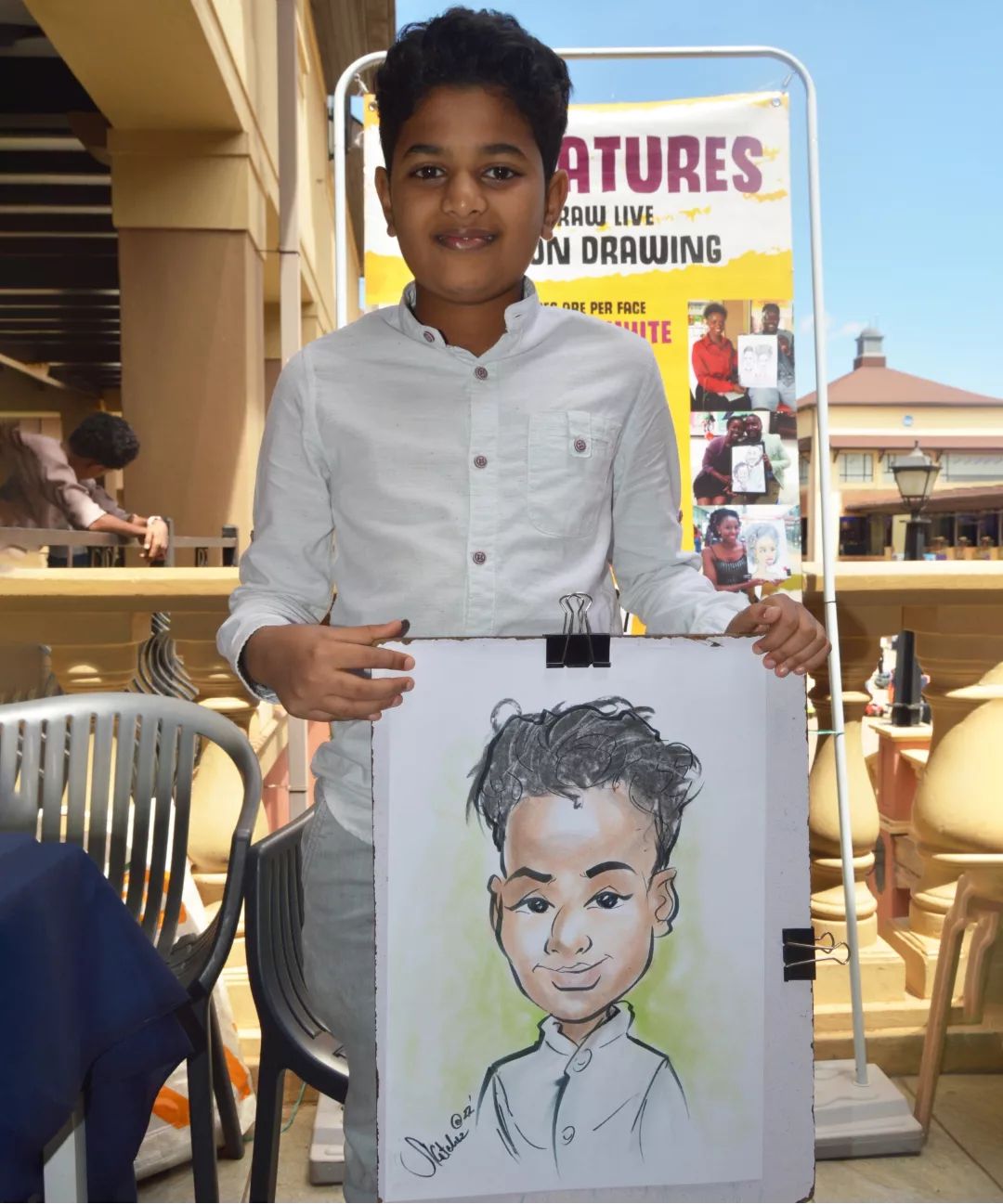
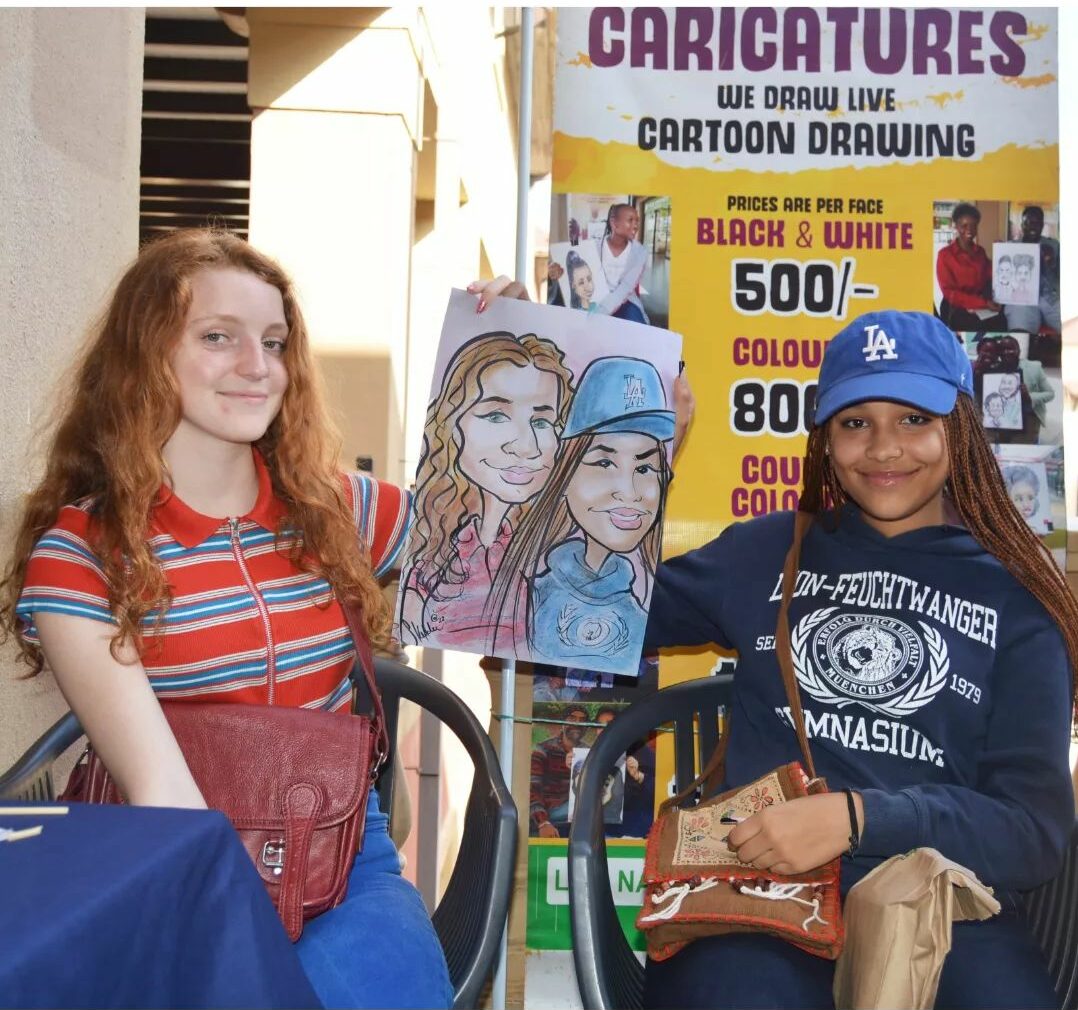
The words from Jackson’s manager changed him in many ways, he later resigned from his banking job and went fully into the arts.
After I left my job, I hid that from my parents for a while. So I’d leave home in formal clothing and then change along the way. I tried that for a month or two but at some point, I felt I needed to tell them. They would eventually find out, so what’s the point?
Jackson the artist has been born long ago, so let’s call this new (and fully formed) freedom the baptism of Jackson the artist. But there’s one thing he soon realised: his parents were right. Well, not for long.
It was really tough. I can tell you that. The full transition into the arts wasn’t easy. I’d never written a resignation letter in my life until then, and I felt I made a mistake. After being used to a regular income, I was in a space where I didn’t even know if I was making sufficient money to keep and sustain me up to the next month. It was so tough that there were months I would really struggle and the money I’d get would just be enough for transportation to attend exhibitions.
But I needed to identify myself, and know my niche because making portraits was quite normal among artists: everybody was doing it. I wanted to do my own thing. Luckily for me, I found a good gallery: Brush Tu.
The Brush Tu guys introduced me to the art circle in Nairobi. Artists here in Nairobi are quite few and people know each other. We connect a lot, we have many meetings, exhibitions, and go to one another’s openings to show support. It was during our interactions I got to know about different kinds of arts. I was already getting tired of portrait-making at that point and within a short time, caricature came in.
Portraits are restrictive and clients complained all the time. They wanted mirror drawings of themselves and it made me less expressive and gave me less room to be creative with my drawing. I felt I needed to have that freedom, you know, really bring out people’s character with little bits of exaggerations. I slowly drifted away from making portraits, but never left it. That’s why I call myself a portrait and caricature artist.
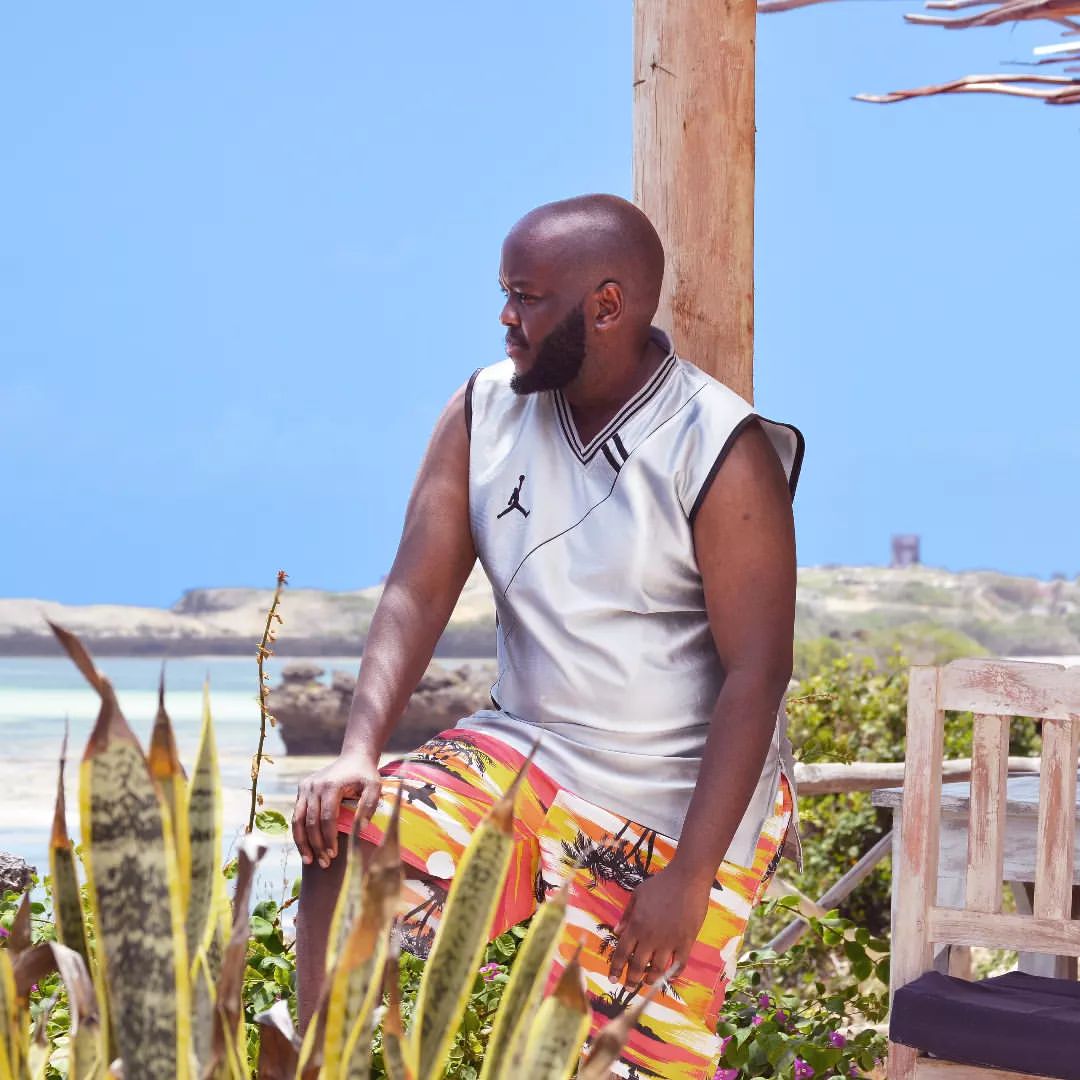
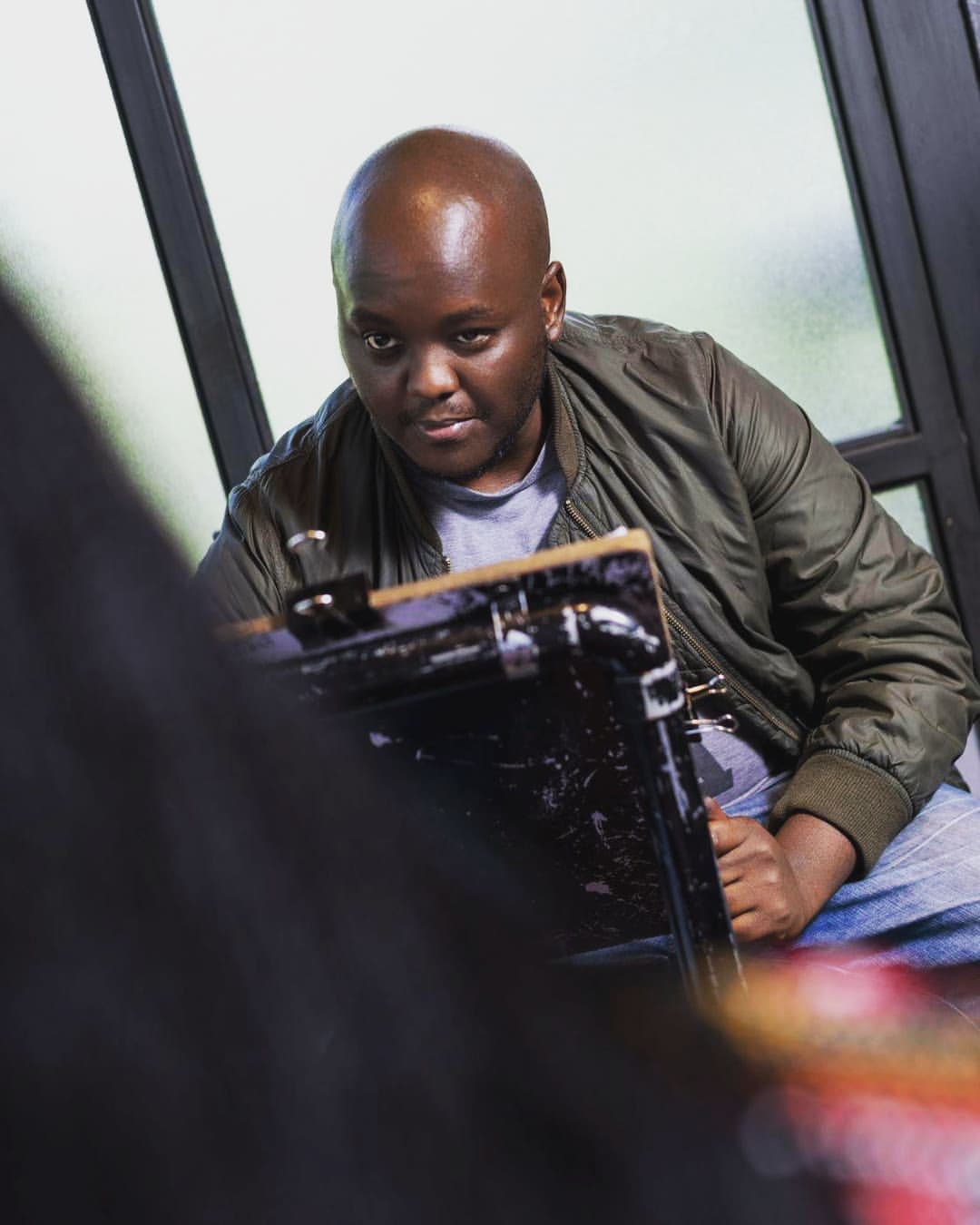
Jackson believes all faces tell stories and portraits are reflections of the emotions of the subjects drawn. But caricatures? They do so much more for him.
When you exaggerate somebody’s physique and facial expression, you bring out some additional form of life into it, and it’s no longer a static being. It’s an expression to the extreme, one that enhances the physic and being of an individual.
After drawing so many faces, they’re all in my head. Once I draw somebody, I can never forget them. Like, you asked if I can forget you, and I said no. Once I see a face, I see a character there. But here’s more to that character, and I have to express that and bring it to life.
In the spirit of exaggeration, Davido shift, Jackson is the real OBO. Beyond just being enough to pay for his transportation, being a creative has eventually paid off for Jackson, monetarily. He’s not a Walt Disney yet, but he no longer wishes he hadn’t quit his job. He and some other artists have also registered a group called Caricature Kenya. The idea, Jackson says, is to grow this industry to the next level. So they have seminars, meet virtually and try to develop one another.
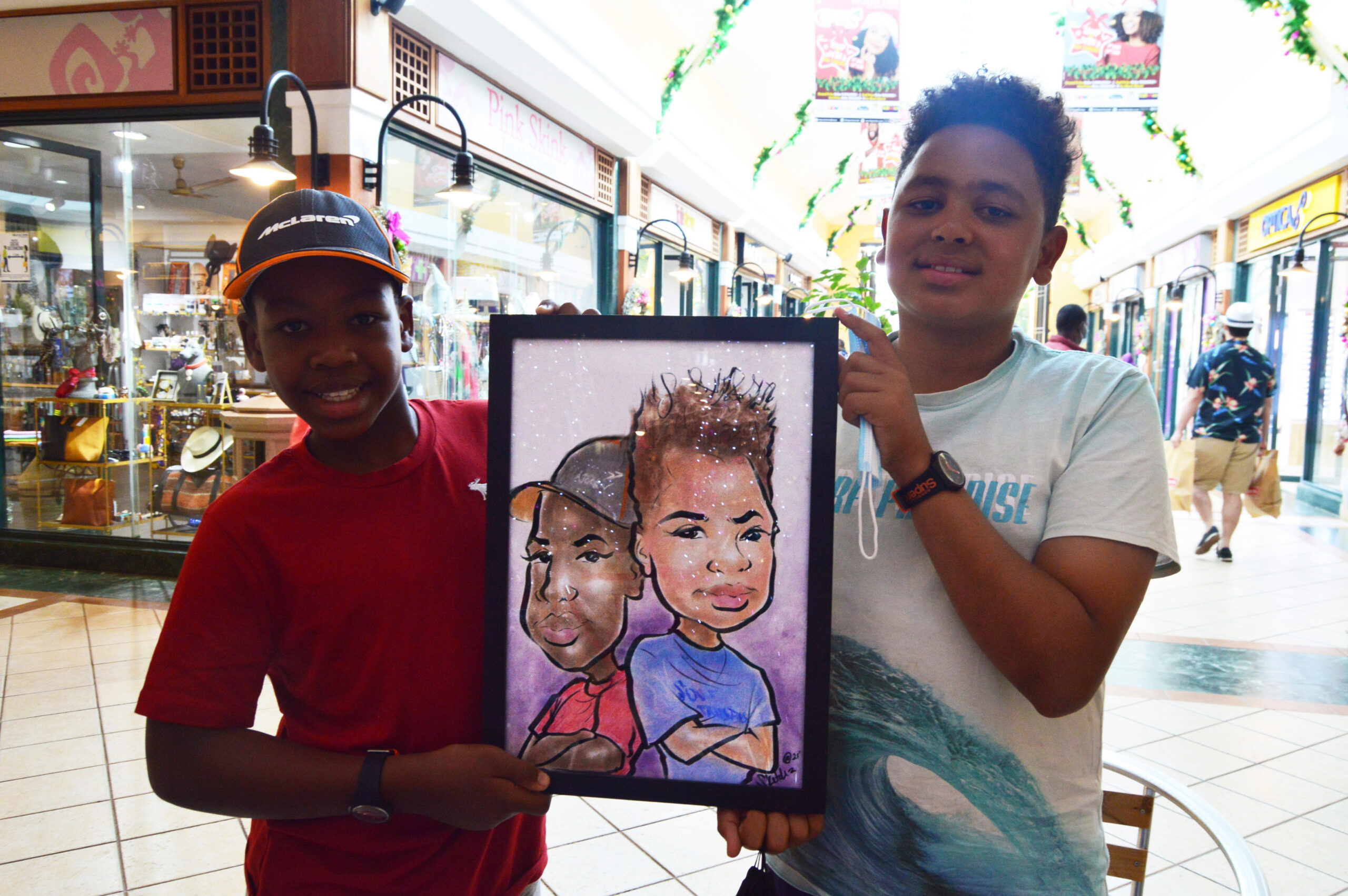
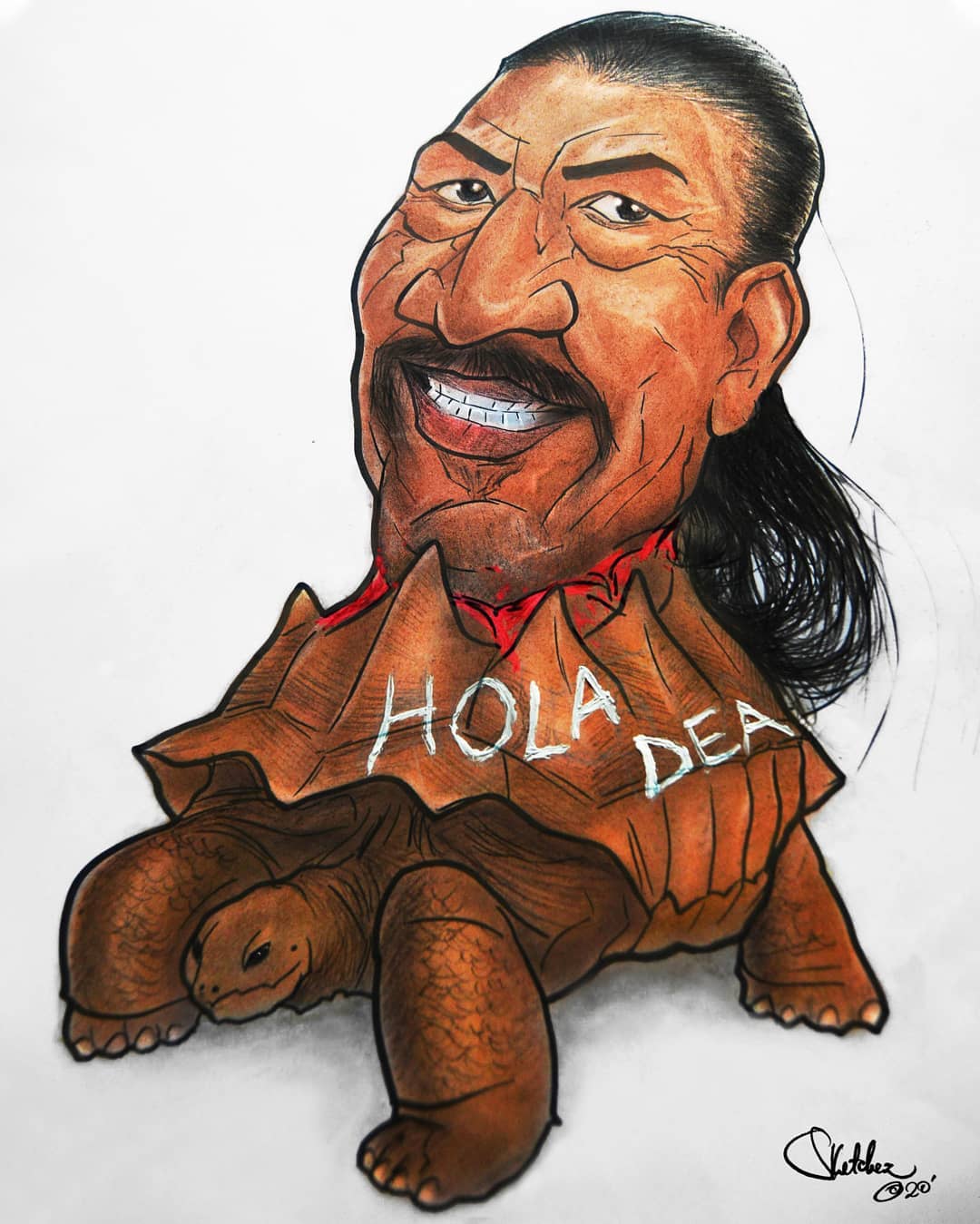
For Jackson, the best part about being a creative is the idea that you’re doing something you love. “It is something I have longed for,” he says. It is also the feeling that you are giving and adding value to the world. With art, you also get that freedom. You meet with people, share experiences, you laugh about situations and the possibilities are endless.
In the coming years, Jackson’s major plan is to build the Kenya art industry in such a way that it becomes sustainable and will pay off for artists in many years to come. They also hope to join the International Society of Caricature Artists (ISCA), hoping that this would make people recognise Kenya when talking about caricature art. Personally, Jackson hopes to have people working with him, people he’d train, and show them the ropes.
If you are a Kenyan artist and you are struggling to find your way in the creative industry, Jackson has messages for you:
It’s about identifying the right people, those who have the same vibe as you. It’s not going to be easy, but get your cliche. What I did was attend and be active at exhibitions. You can do the same.
***
BN Creatives’ Corner is a series that gives creatives living and working in Africa the platform to showcase their work, talk about their journey, struggles and highlights of being creatives in Africa. We have told the story of Anne Adams who bends clay to create stunning artwork, and Nana Frimpong Oduro whose art explores the many aspects of our split personalities, TJ Benson, a writer, Renike, a visual artist, Cera Cerni who paints life into walls, Kwame Akoto-Bamfo who is creating a repository of our history and heritage, and many more. You can read them all here.
Many thanks to Jackson Birgen for having this conversation with us and letting us share his story. You can visit his Instagram page: sketchezarts to see more of his works.


